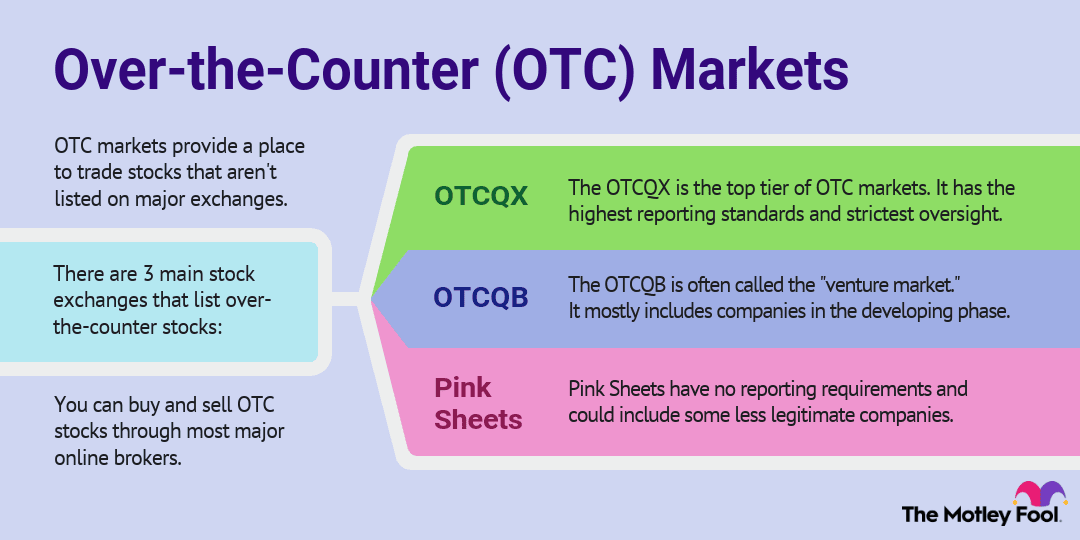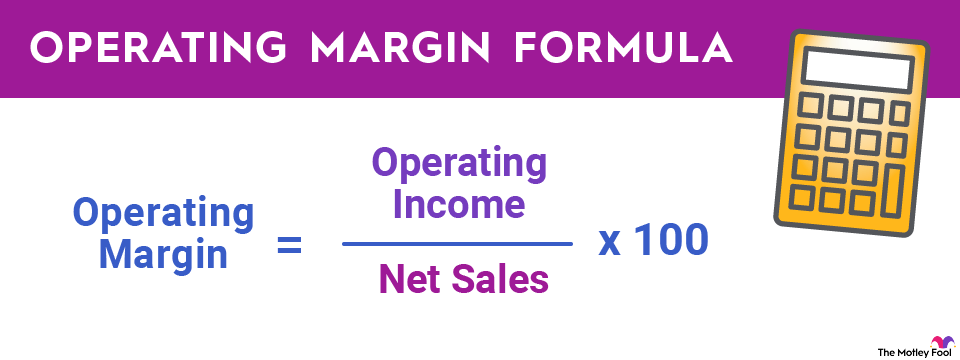For many companies, the purchase of specialized software is one of its largest expenses. Software is used for almost every imaginable business endeavor, from human resources and accounting to design and production. However, not all software is expensive; read on to learn more about the growing movement toward open-source software.

What is open-source software?
Open-source software is computer software that allows users to freely modify it to suit their particular needs. Reasons for adopting open-source software can vary, from individuals who are trying to save money with alternatives to software-as-a-service (SaaS) models to companies that can modify existing open-source software to fit their needs.
Although open-source software products began being widely distributed in the 1990s and 2000s, its roots can be traced back to 1953, when UNIVAC (Universal Automatic Computer), a division of Remington Rand -- originally a typewriter manufacturer -- released the source code for its A-2 compiler. Many companies freely distributed source code with hardware products until a 1974 U.S. government decision held that software could be copyrighted.
As online networks became more prevalent, however, open-source software emerged as viable competition to a number of commercial products. Programmers developed operating systems, productivity suites, internet browsers, and media editing products that could be easily downloaded and modified to suit user requirements.
Popular open-source software
As the internet has developed, a wide range of open-source software has become available. Five of the most popular include:
- Linux, an open-source alternative to the Unix operating system. It was created in 1991 by Linus Torvalds, a Finnish software engineer. Although it has included proprietary components since 1996, several free versions have been developed. It's commonly used by businesses and governments. Between 56 million and 62 million desktop computers use Linux as their operating system, including virtually all the world's fastest supercomputers.
- Mozilla Firefox, a web browser. Originally based on Netscape Navigator, the browser was spawned in 1998 when the source code for the Netscape product was released. Its first major version was released in 2002 when 99% of users browsed websites with Internet Explorer, a Microsoft (MSFT -1.04%) product. By late 2024, the browser was being used by more than 160 million clients.
- LibreOffice, a suite of office productivity apps. Another Microsoft rival, the open-source package offers word processing, presentation, spreadsheet, and database functions that are compatible with Microsoft formats. Released in 2010, LibreOffice was built after Oracle (ORCL -4.47%) announced the end of its involvement in the OpenOffice project. The Document Foundation estimates it has about 200 million active users.
- GIMP (GNU Image Manipulation Program), an image editing program. GIMP is an alternative to Adobe (ADBE +1.70%) Photoshop. It gives users the ability to retouch, edit, draw, and shift images between different formats. Developed at the University of California, Berkeley, and released in 1996, GIMP claims 8.3% of the cross-platform image editing market.
- VLC Media Player, a cross-platform app for viewing videos. The program was originally the 1996 product of students at the École Centrale Paris; it's now administered by VideoLAN, a non-profit organization. The VLC product has been praised for its versatility, with one tech publication noting, "The real challenge is finding files this software can't play."
Related investing topics
Future of open-source software
The above examples are only a small sample of popular open-source programs. Other major players in the space include Python, WordPress, PHP, MySQL, and Apache. It's entirely possible that their ranks will continue to grow as companies seek applications that can be tailored to their individual businesses and amid some pushback against annual SaaS prices that offer little improvement from previous versions.
To be sure, there are potential downsides to using open-source software. Hidden costs, such as the steep learning curve associated with many applications and the lack of immediate support, can be problems. Users should also consider compatibility issues, as well as intellectual property and licensing concerns.
However, the advantages of open-source software make it likely that demand for it will continue to grow. In addition to the obvious cost benefits, open-source software is generally more secure and stable and offers a community that's not only able to suggest potentially useful modifications but also able to provide troubleshooting for existing uses.


















